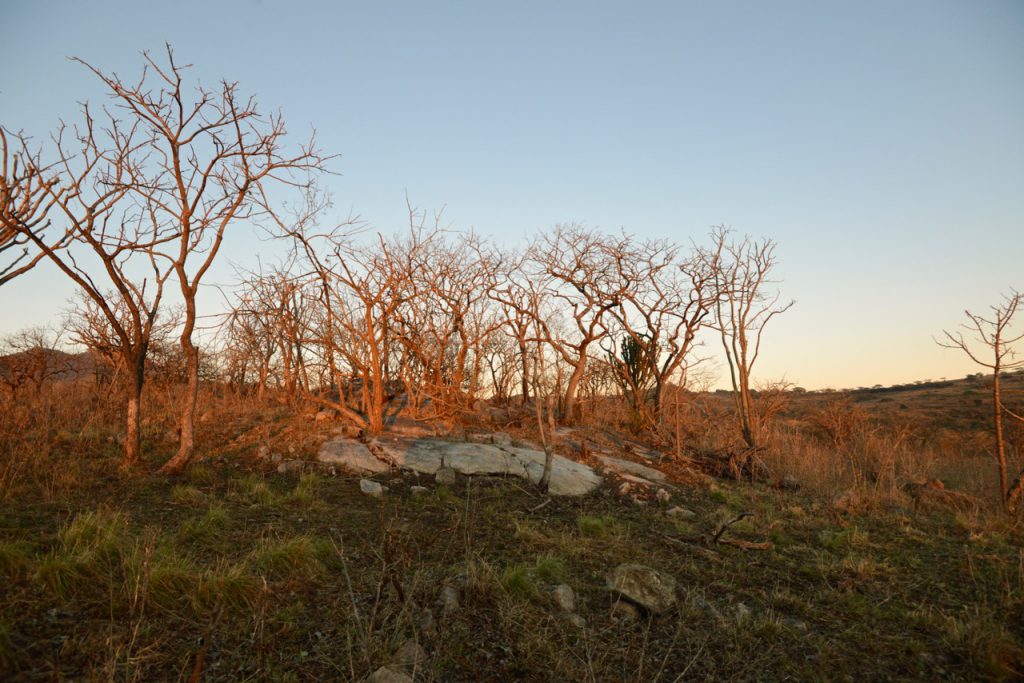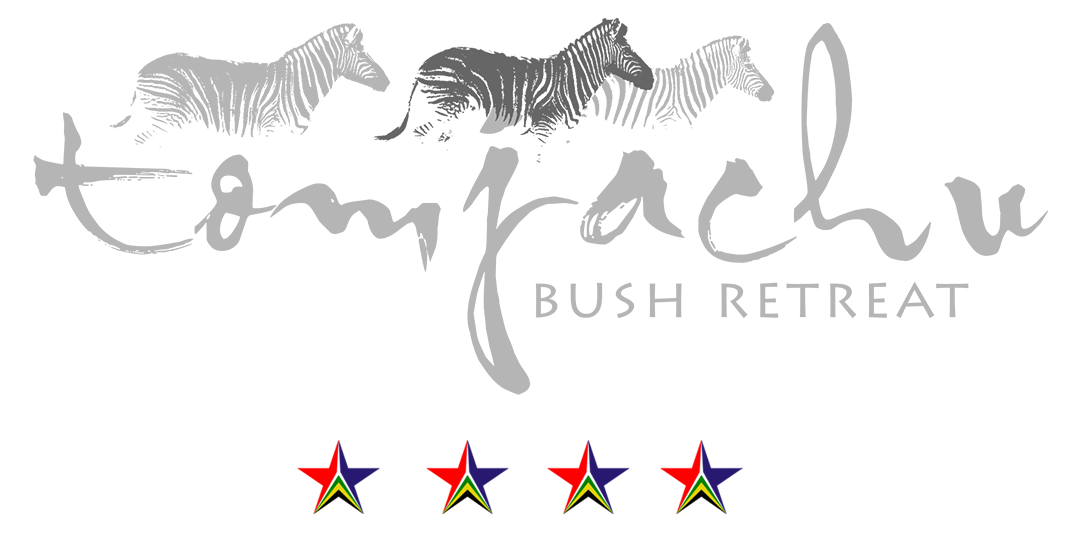
Hail of a storm! Trees in tatters at Tomjachu
Two months ago the Mpumalanga region suffered its most severe hail storm in decades. On 28th June a cascade of icy stones the size of golf balls fell from the sky over Tomjachu in a barrage that lasted 20 minutes. Fortunately, the storm missed all of the guest accommodation by a mere 50 metres, but smashed through the roofs of storerooms and staff houses, and caused severe damage to multiple cars. Apart from the damage to buildings, a number of large animals including impala and bushbuck sadly fell victim to the falling ice, as well as hundreds of birds, reptiles, and other small creatures. The hail stripped the bark and leaves from the trees and flattened the grass on the plains. The destruction was immense.
Not all bad news…
As with fire, hailstorms do have a part to play in the ecosystem. When the hail stripped the leaves from the trees and shrubs and flattened the tall grasses it allowed light to filter through and new grasses to grow beneath. The hailstones also contained lots of nitrogen produced by the storm, and when they melted provided water and nutrients to encourage the new grass growth. Areas which had previously been dense with small unpalatable shrubs have become open grassland for the grazers to access.
The hail also helped us in managing invasive plants. By knocking off all the leaves, areas which have been thick with thorny Lantana (a particularly aggressive Australian invasive plant) are now accessible to our land team who have begun to systematically clear areas which were previously almost impenetrable. We have also been able to see areas of the property which were previously closed up by bushveld, and this has given us some ideas for new and exciting hiking trails.
So, whilst hail may be destructive, it does also play a natural role in the complex ecosystem of which we are part.
